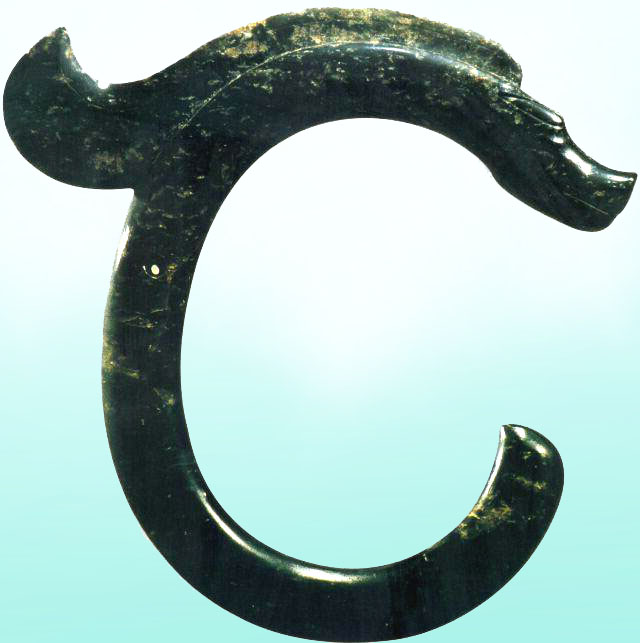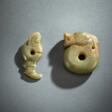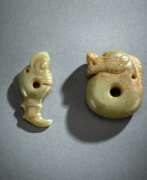Hongshan culture

Hongshan culture
The Hongshan culture, a Neolithic culture centered in northeastern China, is renowned for its unique contributions to early Chinese civilization. Dating back to approximately 4700-2900 BC, this culture is particularly known for its advanced jade carving, with artifacts like jade pig dragons and embryo dragons being some of the earliest known examples of jade working in the region. These intricate jade pieces, along with clay figurines and small copper rings, were common burial artifacts in Hongshan sites.
One of the most striking aspects of the Hongshan culture was its significant focus on religious and ritualistic practices. This is evident in the archaeological site at Niuheliang, which features a unique underground temple complex known as the "Goddess Temple." This temple housed large clay figurines, possibly representing deities, and was adorned with mural paintings. Additionally, more than 60 nearby tombs, constructed of stone and often containing jade artifacts, further attest to the intricate burial customs and the possible existence of a hierarchical societal structure.
The Hongshan culture also had a profound impact on agriculture, with millet forming a major part of the human diet during this period. Their ceremonial structures, typically built with rocks and lined with stone slabs, alongside the distinctively shaped jades, reflect a sophisticated level of cultural development.
Notably, artifacts from the Hongshan culture have been featured in prominent museums. For instance, the National Museum of China has hosted an exhibition showcasing over 160 precious cultural relics from the Hongshan culture, including unique jade ornaments and painted pottery. The Metropolitan Museum of Art in New York also houses pieces from this culture, such as a jade plaque, providing a glimpse into the artistic skills and ceremonial practices of this ancient culture.
The legacy of the Hongshan culture, with its distinctive art and significant role in the early stages of Chinese civilization, makes it a fascinating subject for collectors and art and antique experts.
For further insights and updates on relics and auction events related to the Hongshan culture, collectors and enthusiasts are encouraged to sign up for updates. This will ensure access to the latest information on sales and exhibitions of these ancient treasures, directly linked to this remarkable chapter of early Chinese history.
| Country: | Asia, China |
|---|---|
| Start of the period: | 4700 |
| End of the period: | 2900 |

